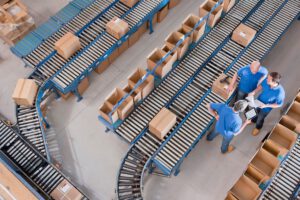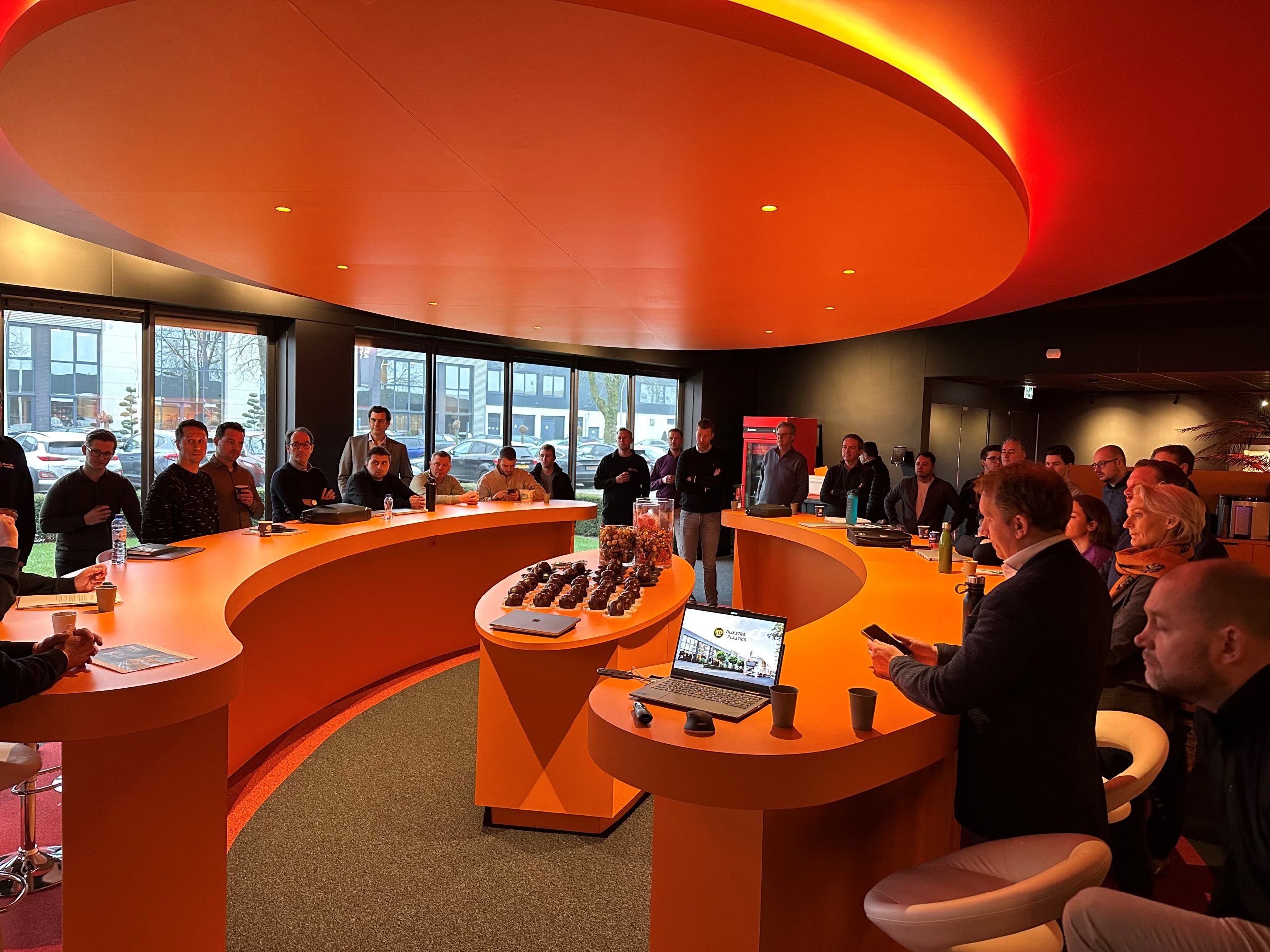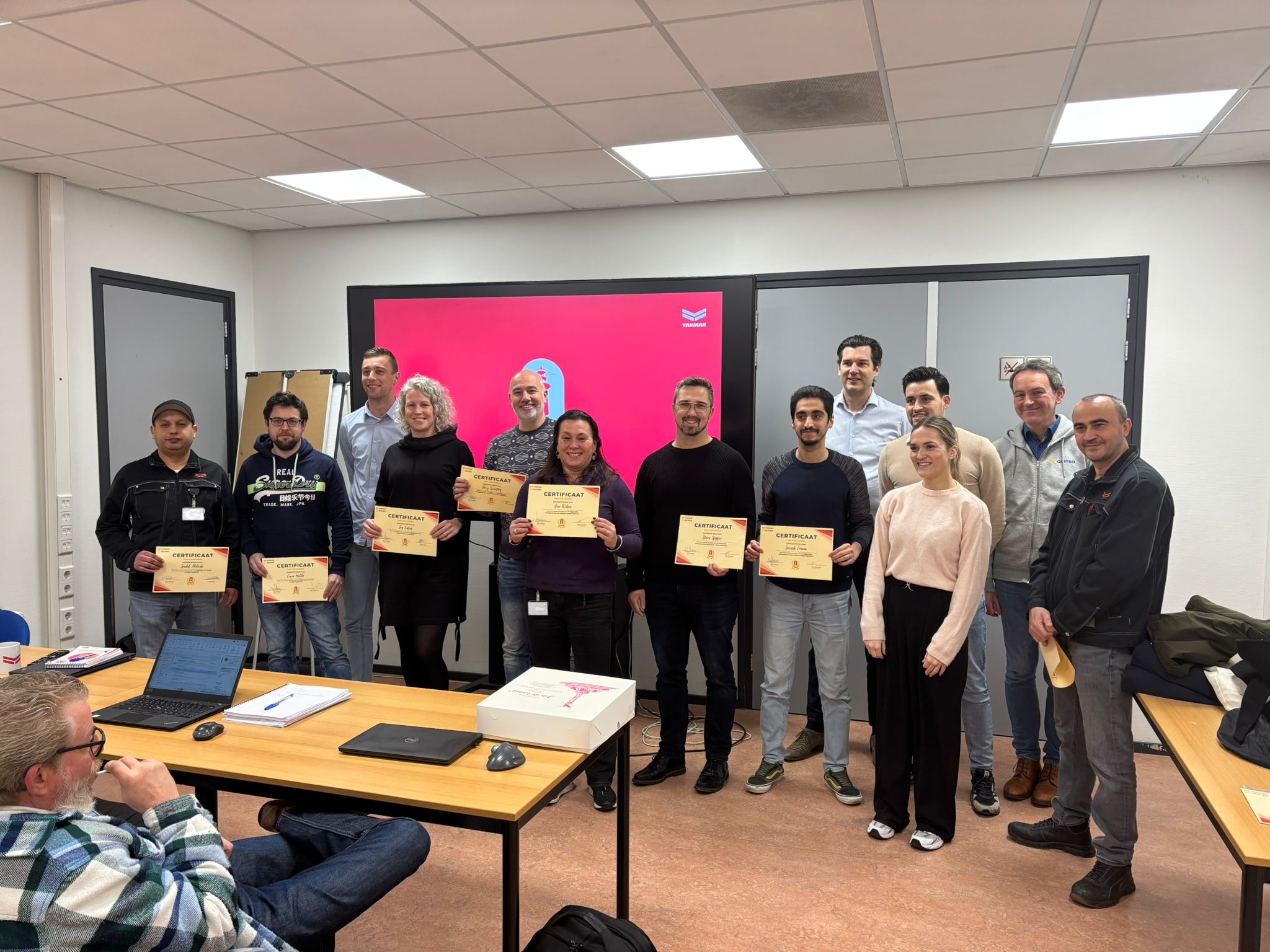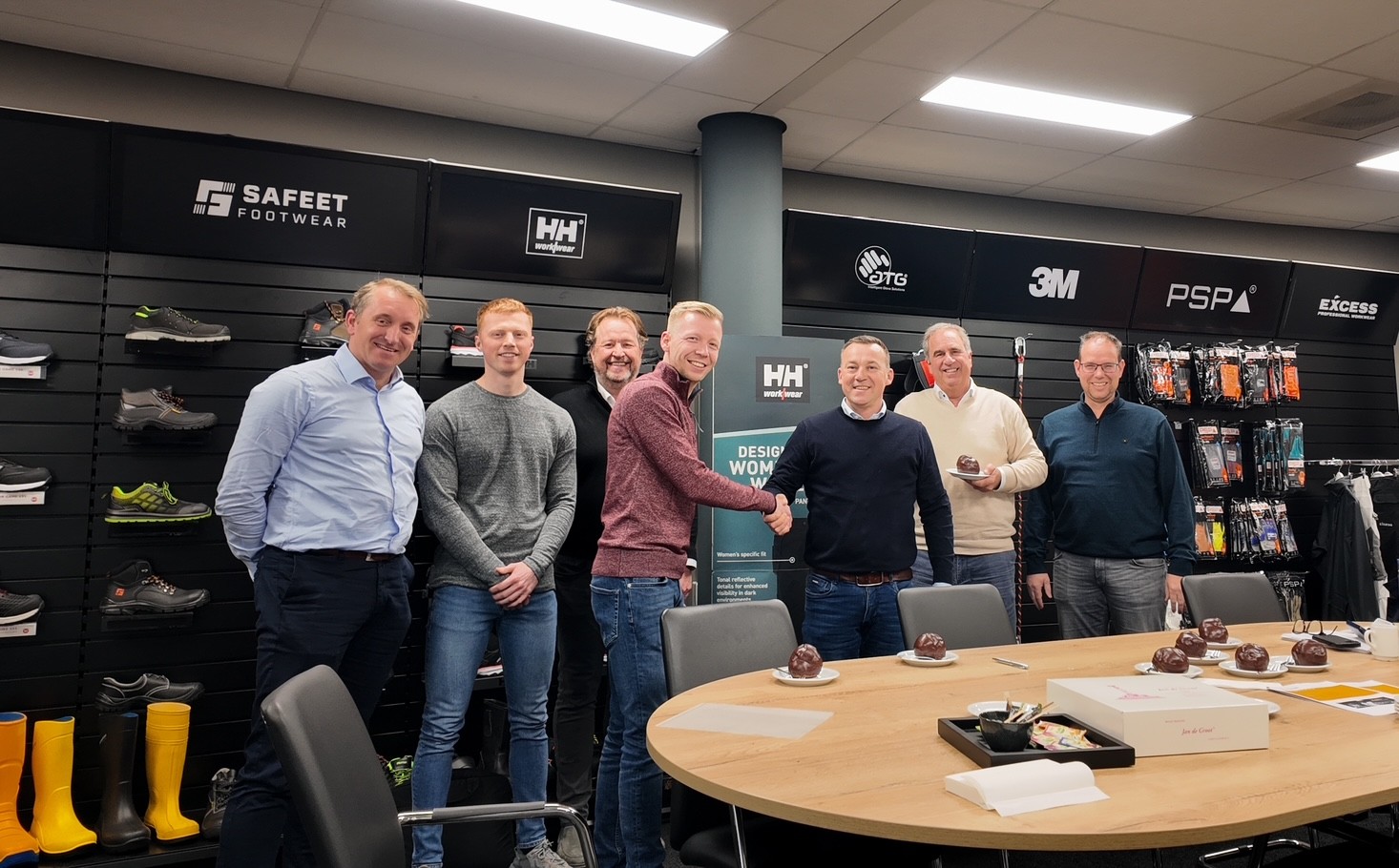On optimal flows of goods between warehouse and production
 The shift from bulk to piece production requires a redesign of processes. That includes replenishment of raw materials and semi-finished goods from the warehouse to the production floor. Dick Verburg – managing partner at Quinso – explains how departments can say goodbye to conduit hatches and buffer locations, and work together as efficiently as possible with SAP EWM.
The shift from bulk to piece production requires a redesign of processes. That includes replenishment of raw materials and semi-finished goods from the warehouse to the production floor. Dick Verburg – managing partner at Quinso – explains how departments can say goodbye to conduit hatches and buffer locations, and work together as efficiently as possible with SAP EWM.
On vacation. In the gym. At the client. In everything I do, I strive for maximum results. This is also the reason I started Quinso seven years ago – together with three partners. We want to help organizations get the most out of their processes and their SAP solutions, without (unknowingly and unnecessarily) missing opportunities. How we approach that? The Quinso way; by understanding our clients’ processes, looking at the bigger picture, always thinking with them, and providing insight into the possibilities. With this blog, I especially want to do the latter, by highlighting a relatively new functionality of SAP Extended Warehouse Management (SAP EWM): Advanced Production Integration.
SAP ECC as a conduit
SAP EWM Advanced Production Integration helps manufacturing companies to make the replenishment of raw materials and semi-finished products from the warehouse to the production floor as streamlined as possible, and to create an up-to-date overview of available inventory (at the detail level of packaging unit). This is only a small part of the logistics process, but also a part where there is much to be gained because organizations are missing opportunities there.
So does one of my clients in the Consumer Products Industry. They work with SAP EWM in the warehouse, SAP ECC in the office and a Manufacturing Execution System (MES) on the production floor. SAP ECC is the communication layer between the two other systems, making control between production floor and warehouse unnecessarily cumbersome. Why don’t the two executive departments communicate directly with each other about executive processes? Does it add value to put an administrative system in between? I can be brief about that: no, most definitely not.
Suboptimal administrative process
Logically, SAP ECC contains significantly less detailed information on raw and semi-finished goods inventory than SAP EWM. Due to the lack of direct system integration between production floor and warehouse at the aforementioned customer, replenishment of raw materials is inefficient at them. The warehouse worker receives a trigger of an upcoming production order with a duration of, say, 48 hours and collects the raw materials needed for the entire order. As a result, there ended up being pallets of supplies at the production hall that – due to space shortage – were temporarily stored in a buffer location near the hall. Operators continuously walk back and forth from their workstations to the buffer location to pick up the raw materials they need at that time in phases. Sub-administration arises outside the systems, resulting in a lack of oversight and a far from seamless integration between warehouse and production.
Economy of one requires new processes
This can and should be done differently. Especially given the changing market moving toward “the economy of one. Companies increasingly need to produce in smaller batches and respond more quickly to changes in schedules. An indirect control via SAP ECC holds back that flexibility and speed. Organizations must therefore redesign their procedures and reorganize warehouses so that employees can more easily prioritize things that really deserve priority. And picking raw materials for 48 hours – when production does not need all those raw materials at that time – certainly does not need priority.
Meet SAP EWM Advanced Production Integration
Since the 9.2 release, SAP EWM has a functionality for seamless alignment between production floor and warehouse: Advanced Production Integration. This still relatively unknown functionality ensures that the replenishment of raw materials is coordinated directly between the executing parties, without the intervention of SAP ECC. Together, the two departments set standards for the ideal replenishment strategy, such as how quickly a replenishment can be at a machine and how much inventory can be at the workstation. Based on that information, SAP EWM gets the necessary triggers, always assuming actual consumption entries.
As soon as an order is released in SAP ECC, warehouse employees immediately receive a signal through SAP EWM to bring precisely the right amount of raw materials and semi-finished products to the right workstation in phases. SAP ECC or the MES then lets the warehouse know in a timely manner when new supplies are needed again. And when the order is ready, that system sends a signal to SAP EWM to retrieve and store the products. This also applies, by the way, to the material left over at the end of the order. In this way, the floor gains control of the process.
A streamlined process with optimal flow of goods
All receipt bookings and issue bookings take place in real time at the source – SAP EWM – based on actual consumption and/or receipts, so the information is always current. Of course, bookings also enter SAP ECC, but that system no longer acts as a conduit between the warehouse and the production floor. Both departments work directly with each other, making lines of communication and flow of goods more direct, efficient and clean. In addition, buffer locations are no longer needed for pallet storage. In the workplace, there are always exactly the right numbers in the right place. That gives the flexibility to respond quickly to last-minute changes; you don’t have to move large quantities of raw materials and semi-finished goods when an order changes.
Webinar
One reason that the alignment between warehouse and production floor is not always smooth yet is that many organizations are not yet familiar with (the potential of) SAP EWM, Advanced Production Integration. I hope to have changed that with this blog. In the webinar “What if the floor takes control,” which I co-hosted with Niels Blom, I talk more about it.



